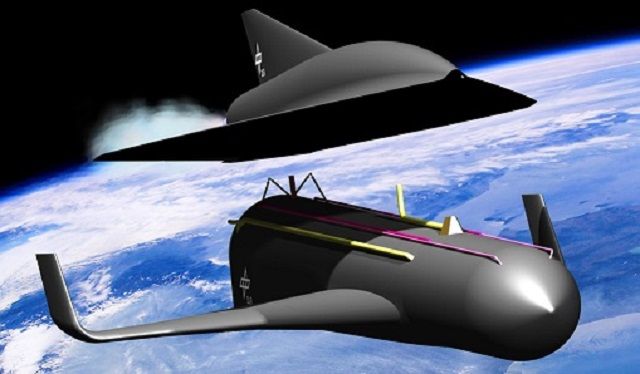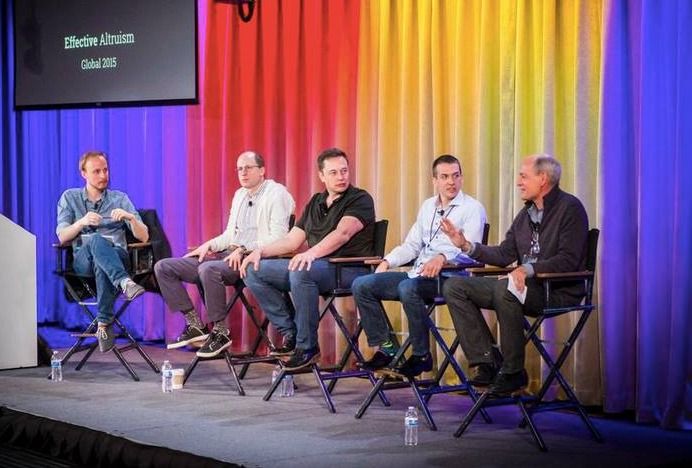Aug 30, 2015
Becoming an Interstellar Species
Posted by Benjamin T. Solomon in categories: anti-gravity, defense, disruptive technology, physics, space travel
Our interstellar challenge is, how do we as a planet confined humans, become an interstellar species? This encompasses all human endeavors, and is vitally dependent upon interstellar propulsion physics to realize our coming of age as an interstellar species.
There are so many competing ideas on how to realize interstellar propulsion. These include chemical rockets, ion propulsion, nuclear engines, solar sails, atomic bomb pulse detonation, antimatter drives, small black holes, warp drives and much more.
How do we sift through all these competing ideas?
For his objectivity and courage in stating that mathematics has become so sophisticated that it can now be used to prove anything, I have named the approach to solving this interstellar challenge the Kline Directive, in honor of the late Prof. Morris Kline.
















